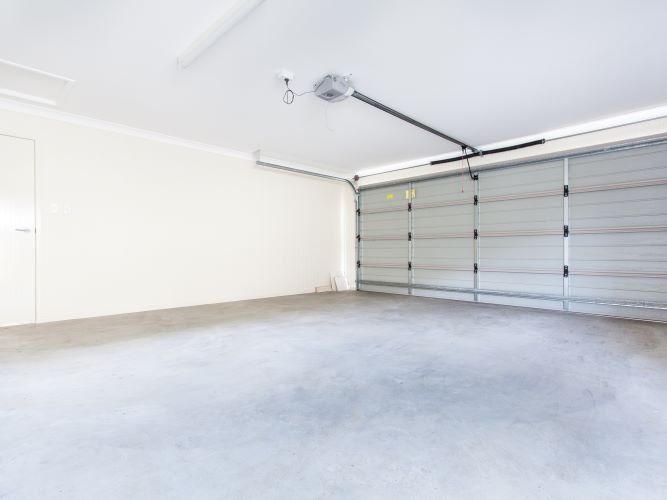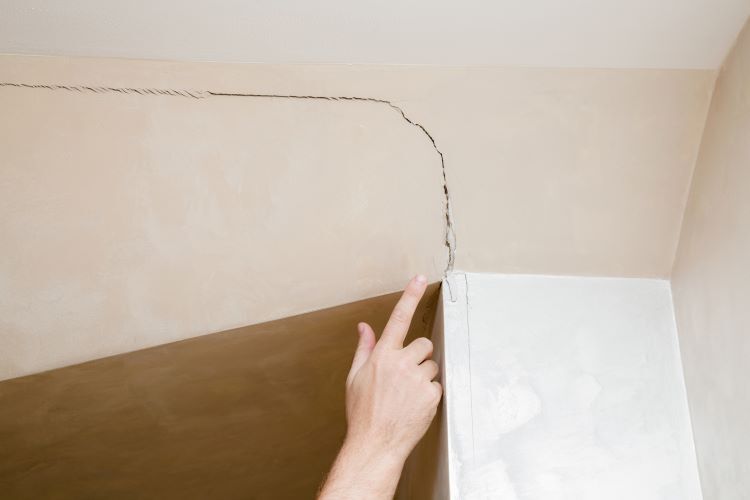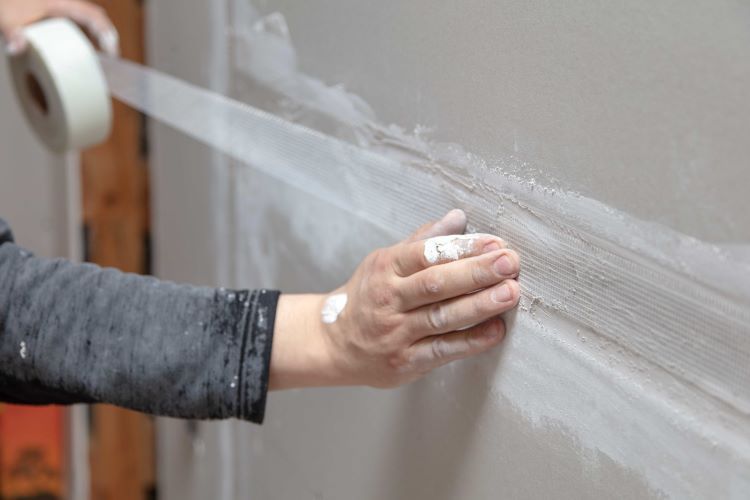Moisture-Resistant Drywall Options for Your Garage

When it comes to finishing a garage, selecting the right drywall is key to ensuring a long-lasting and durable finish. Garages, especially in climates like Calgary’s, often face moisture, temperature fluctuations, and even accidental impacts that can damage standard drywall. Moisture-resistant drywall can provide the extra durability and protection needed to keep your garage walls in great condition. Here, we’ll explore some of the best moisture-resistant drywall options available, their benefits, and tips for achieving an efficient, long-lasting installation.
Why Moisture-Resistant Drywall for Garages?
Garages are especially vulnerable to dampness, whether from water runoff, snow, vehicle condensation, or humidity changes. Regular drywall can swell, crack, or develop mold in these conditions, leading to costly repairs.
Moisture-resistant drywall types, such as green board, purple board, and cement board, provide enhanced protection against these elements and ensure that your garage walls maintain their appearance and functionality over time.
Top Moisture-Resistant Drywall Options for Garages
- Green Board Drywall
- Best for: General moisture resistance.
- Description: Known for its green color, green board is a type of drywall treated with a water-resistant coating, making it less likely to absorb moisture. While it’s not waterproof, green board works well in spaces with occasional humidity, such as garages, bathrooms, and basements.
- Pros: Cost-effective, widely available, suitable for mildly humid areas.
- Cons: Not suitable for areas with constant water exposure.
- Purple Board Drywall
- Best for: High mold and mildew resistance.
- Description: Purple board takes moisture resistance a step further by incorporating mold inhibitors, making it a top choice for areas with potential mold issues. This drywall also resists impact, which is an added benefit in a garage setting.
- Pros: High resistance to mold and mildew, durable and impact-resistant.
- Cons: More expensive than standard drywall or green board.
- Cement Board
- Best for: Maximum moisture and water resistance.
- Description: Cement board is made of a cement-based composite with fiberglass reinforcement. It’s entirely waterproof, making it ideal for areas where water exposure is likely. It’s a popular choice in showers and wet rooms, and it can be effective in garages, particularly for lower wall areas that might get wet.
- Pros: Extremely durable, waterproof, resistant to mold and mildew.
- Cons: Heavier and more challenging to install, higher cost.
- Fiberglass-Faced Drywall
- Best for: Mold resistance and durability in humid environments.
- Description: Unlike traditional paper-faced drywall, fiberglass-faced drywall eliminates the organic material (paper) that can attract mold and mildew. This material performs well in spaces with frequent temperature changes, like garages, and is a great alternative for walls that might see occasional moisture.
- Pros: Highly mold-resistant, durable, suitable for variable temperatures.
- Cons: Higher cost, installation can be more challenging without professional help.
Benefits of Moisture-Resistant Drywall in Garages
Using moisture-resistant drywall in your garage offers several important benefits:
- Improved Mold Resistance: With the right drywall, you can reduce the risk of mold and mildew growth, keeping your garage healthier and safer.
- Greater Durability: Moisture-resistant drywall options are often designed to withstand impacts, which is ideal for high-traffic areas where tools and equipment may bump or scrape against walls.
- Lower Maintenance: Since moisture-resistant drywall is less likely to warp or require frequent repairs, you’ll save on upkeep in the long run.
Installation Tips for Moisture-Resistant Drywall
- Seal the Joints Properly: Use a high-quality joint compound and fiberglass or waterproof tape to seal seams, corners, and edges. This will help prevent water from seeping into the seams and causing swelling or mold.
- Add a Vapor Barrier: If your garage has high humidity levels, consider installing a vapor barrier behind the drywall. This extra layer can help block moisture from reaching the drywall, offering additional protection.
- Ventilate: Ensuring proper ventilation in your garage is key to preventing moisture buildup. Install vents or use a dehumidifier to keep humidity levels low, further safeguarding your moisture-resistant drywall.
- Consider Mold-Resistant Paint: Once the drywall is up, apply a mold-resistant primer and paint. This will give you an added layer of defense against moisture and mold.
Selecting the Best Option for Your Garage’s Needs
Choosing the right moisture-resistant drywall for your garage depends on factors like your budget, the level of moisture exposure, and the typical climate. Here’s a quick guide:
- For Moderate Moisture Protection: Green board is an affordable choice for general moisture resistance.
- For High Humidity and Impact Protection: Purple board offers robust mold and mildew resistance and is durable enough for garage environments.
- For Extreme Moisture Protection: Cement board provides the best waterproofing but requires a more involved installation process.
- For Variable Climate and Humidity: Fiberglass-faced drywall is an ideal option if your garage experiences wide temperature swings or condensation.
Professional Installation for Best Results
For most homeowners, installing drywall—especially moisture-resistant types—can be a complex and labor-intensive job. Professional drywallers, like Calgary Drywallers, are skilled in selecting the right materials, ensuring proper installation, and addressing the unique challenges of garage environments. Professionals can also help you choose the best drywall type based on your budget and specific needs.
Conclusion
Using moisture-resistant drywall in your garage is a practical way to prevent costly issues from water damage, mold, and mildew. Whether you opt for green board, purple board, cement board, or fiberglass-faced drywall, each type offers unique benefits to suit different needs and conditions. Proper installation and maintenance will help keep your garage walls in top shape, providing a durable and long-lasting finish that stands up to the elements.
For help with selecting the right moisture-resistant drywall and expert installation in Calgary, reach out to Calgary Drywallers. With the right materials and expertise, we’ll ensure your garage walls are built to withstand Calgary’s diverse climate conditions.
You might also like


